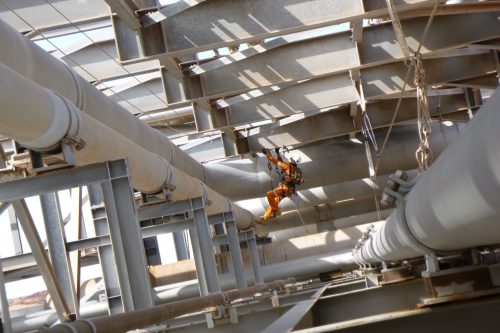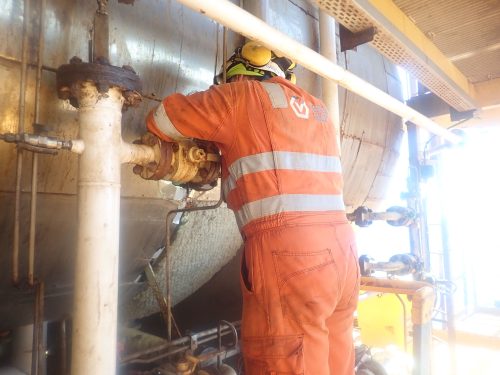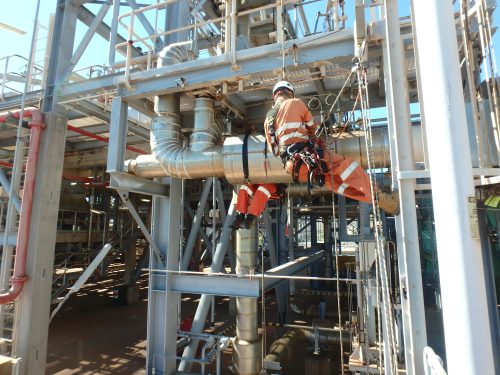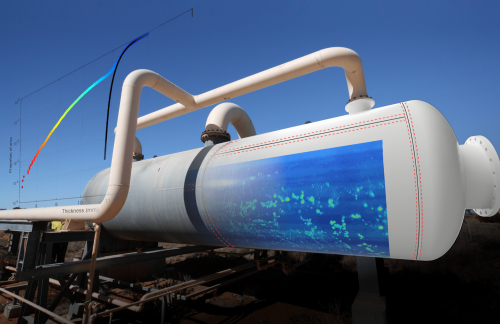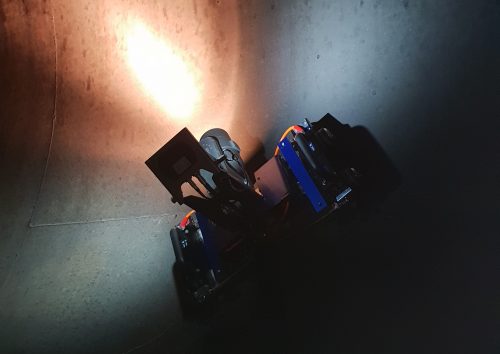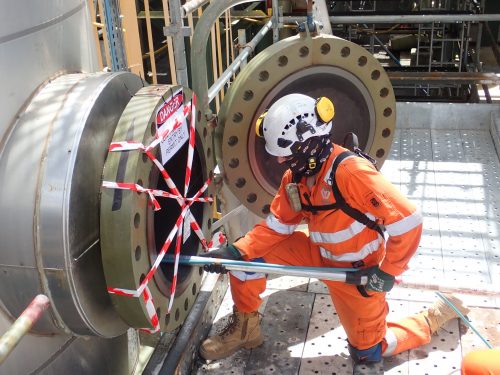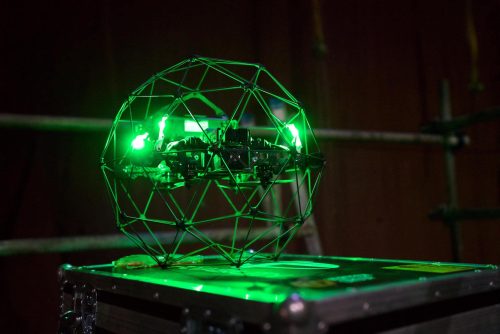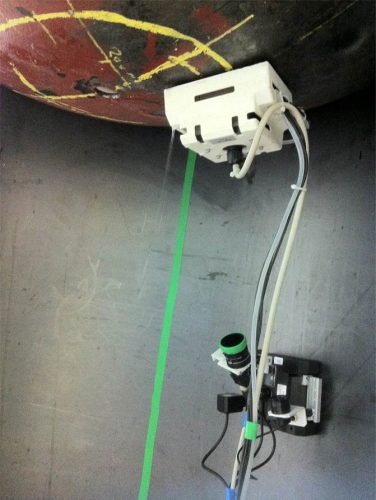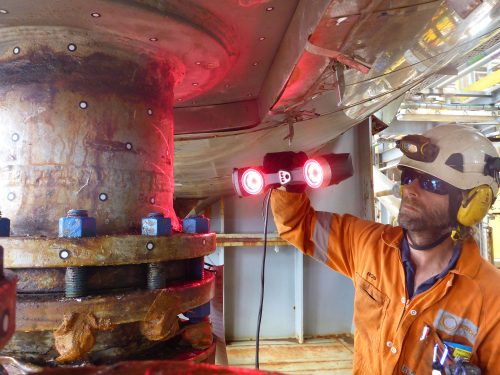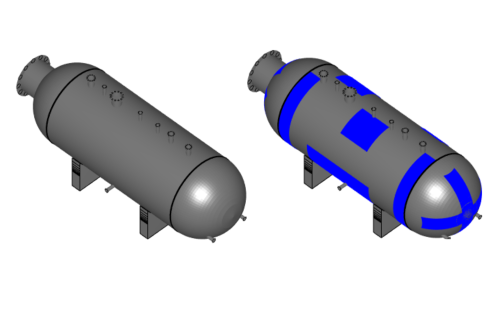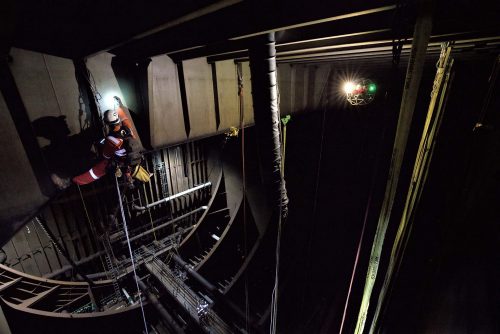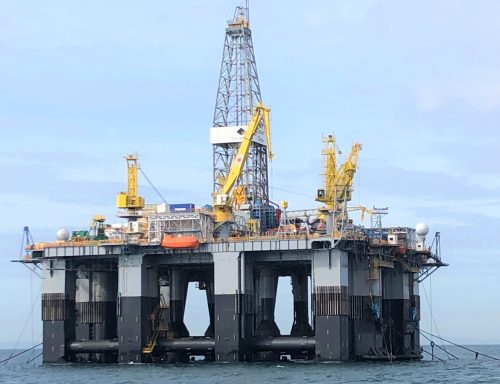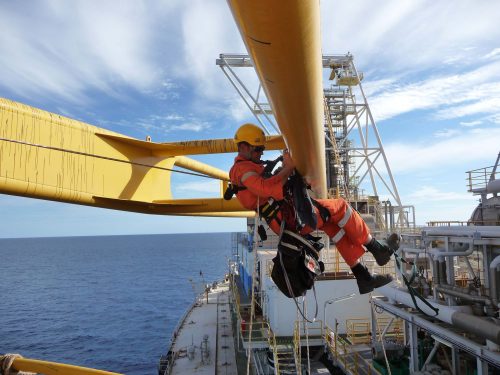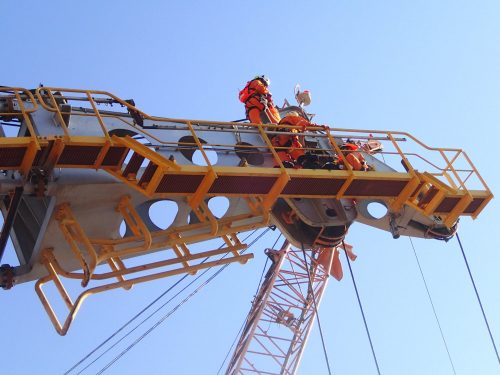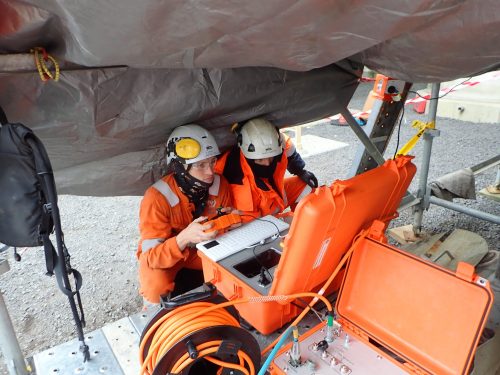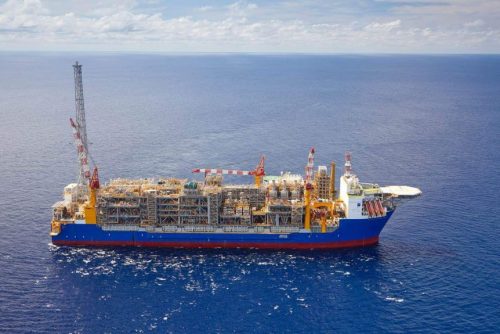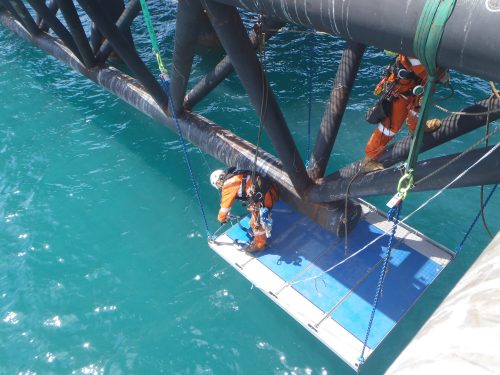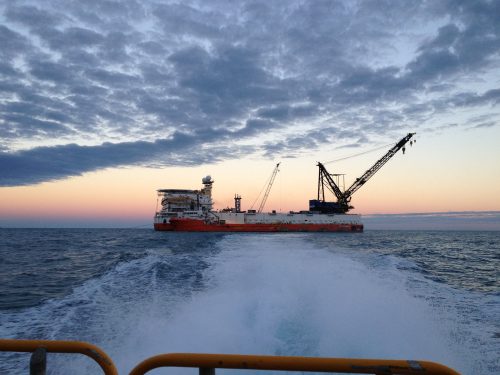Integrity engineering and management are pivotal in ensuring the longevity, safety, and reliability of industrial assets. These practices involve a comprehensive approach to evaluating, monitoring and maintaining the structural and functional integrity of equipment, pipelines, and facilities in sectors such as oil and gas, petrochemicals, and power generation. The benefits of implementing a robust integrity management system are multi-fold. Firstly, it significantly reduces the risk of equipment failure and unplanned downtime, enhancing operational efficiency. Secondly, it promotes safety by identifying potential hazards and vulnerabilities, allowing for timely corrective actions. Thirdly, a proactive approach to integrity engineering minimises environmental impact, ensuring compliance with regulatory standards. In essence, integrity engineering is not merely a technical necessity but a strategic imperative for organisations committed to long-term success.
